SAFETY CULTURE
Our primary objective is to prevent all injuries by providing and maintaining the safest possible working conditions for all our employees and subcontractors, regardless of where we are in the world.
The level of excellence and effectiveness established through our safety management culture is critical to the success of our projects and bringing value to our clients. We believe there are four essential, consistent characteristics of safety excellence:
Management Leadership & Commitment
Project Team Safety Engagement & Training Program
Safety Compliance Measurements
Safety Improvement Process
Crisis Management
SAFETY IS OUR FOUNDATION
As a core business value, safety is at the forefront of our operational best practices and communications. This central principle continues to produce world-class safety performance. We understand that safety must permeate all levels of the construction process, from our leadership down to our management ranks, especially to our project teams and field personnel. As a leader in the construction industry, Keegan Electric is committed to SAFETY as a core business value. All Superintendents, Foremen, and Sub-Foreman receive the following training:
OSHA 30 Continuing Education
Red Cross CPR/AED Certification
Electrical Jobsite Safety
Work on new and existing energized (hot) electrical circuits is prohibited until all power is shut off and grounds are attached.
An effective Lockout/Tagout system is in place.
Frayed, damaged, or worn electrical cords or cables are promptly replaced.
All extension cords have grounding prongs.
Protect flexible cords and cables from damage. Sharp corners and projections should be avoided.
Use extension cord sets with portable electric tools and appliances that are the three-wire type and designed for hard or extra-hard service. (Look for some of the following letters imprinted on the casing: S, ST, SO, STO.)
All electrical tools and equipment are maintained in a safe condition, checked regularly for defects, and taken out of service if a defect is found.
Do not bypass any protective system or device designed to protect employees from contact with electrical energy.
Overhead electrical power lines are located and identified.
Ensure that ladders, scaffolds, equipment, or materials never come within 10 feet of electrical power lines.
All electrical tools must be properly grounded unless they are double-insulated.
Multiple plug adapters are prohibited.
Jobsite Electrical Safety
LOTO is short for lockout/tagout. When an electrician works on a circuit, they’ll de-energize the power source, and then they’ll also lock the device and include the reason why it’s de-energized. It’s important never to remove the tag or the lock.
De-energizing equipment is one of the safest ways an electrician can work. If power were to switch on in the middle of a task, it could easily harm or even kill the electrician or other qualified worker. If power needs to be restored, find the person named on the tag, and they can safely restore power.
Wear an Arc Flash Suite
An arc flash occurs when an exposed live conductor connects with another nearby conductor (phase to phase) or to ground (phase to ground) by means of an electrical arc in the air. When you boil it down like that, it doesn’t sound so bad, but we are talking about hundreds of volts of electricity, and if unprepared, the nearest conductor/ground is you.
Wear your PPE
Non-electrical contractors could be exposed to electrical hazards daily on the job site. Even though you may not be working on electrical systems, you might still be working near an electrician who is. If they’re wearing appropriate PPE gear, you must be, too.
Use GFCI Protection
Power tools and equipment should be plugged into a GFCI on any construction site, especially when working in wet, damp, or exterior locations. Ground fault-circuit interrupters monitor the balance of electricity flow and can detect minor imbalances and trip automatically, reducing the risk of electric shock.







